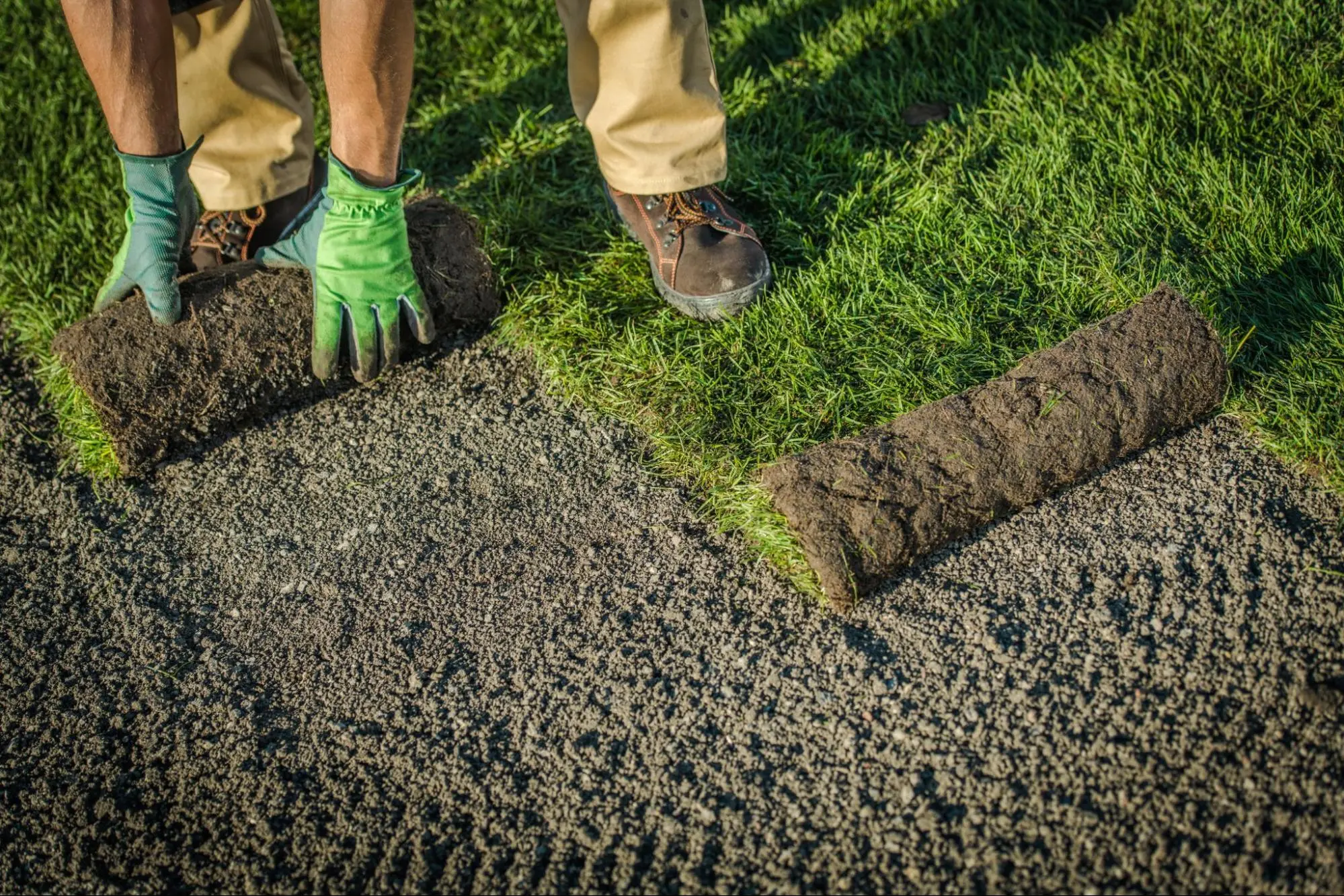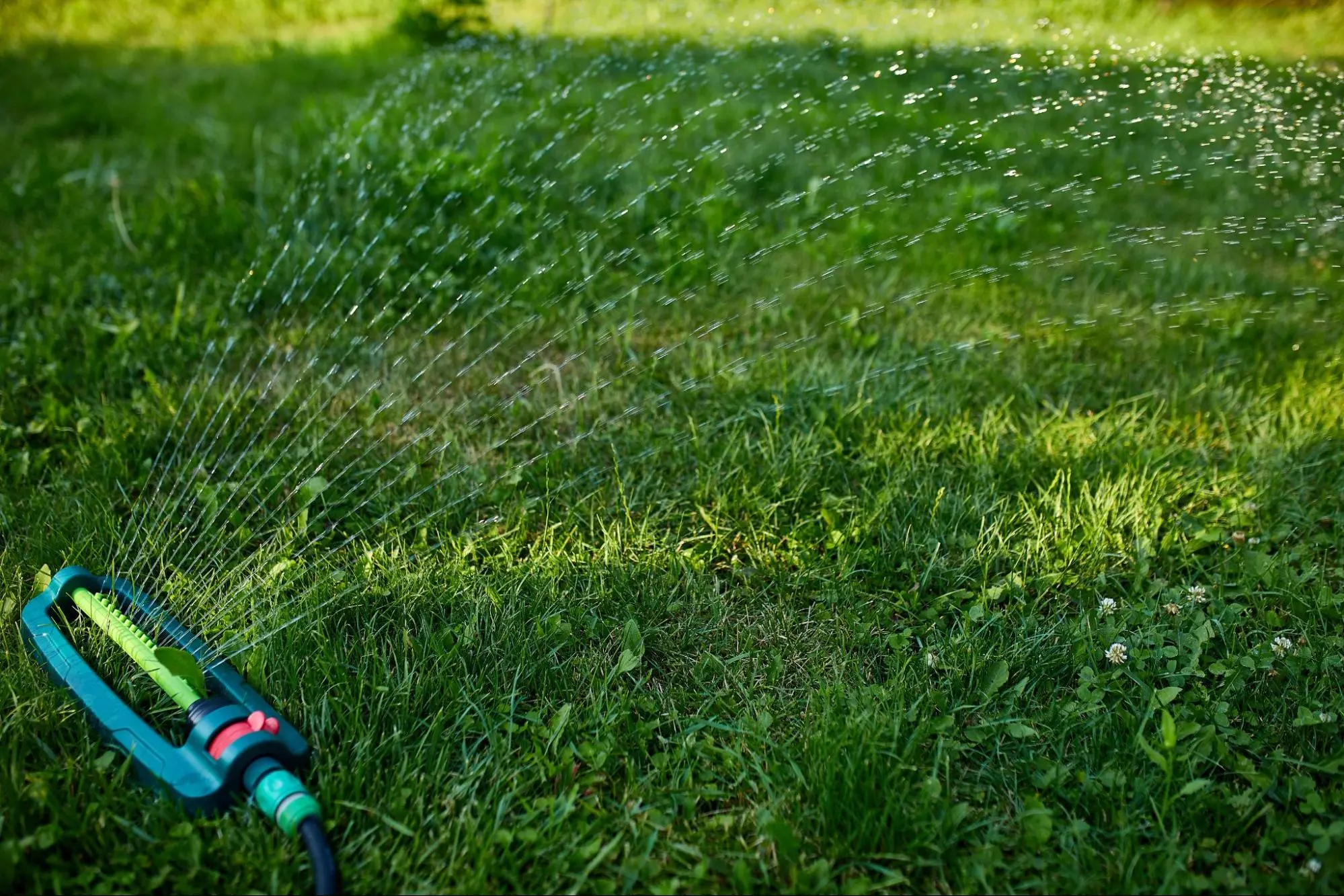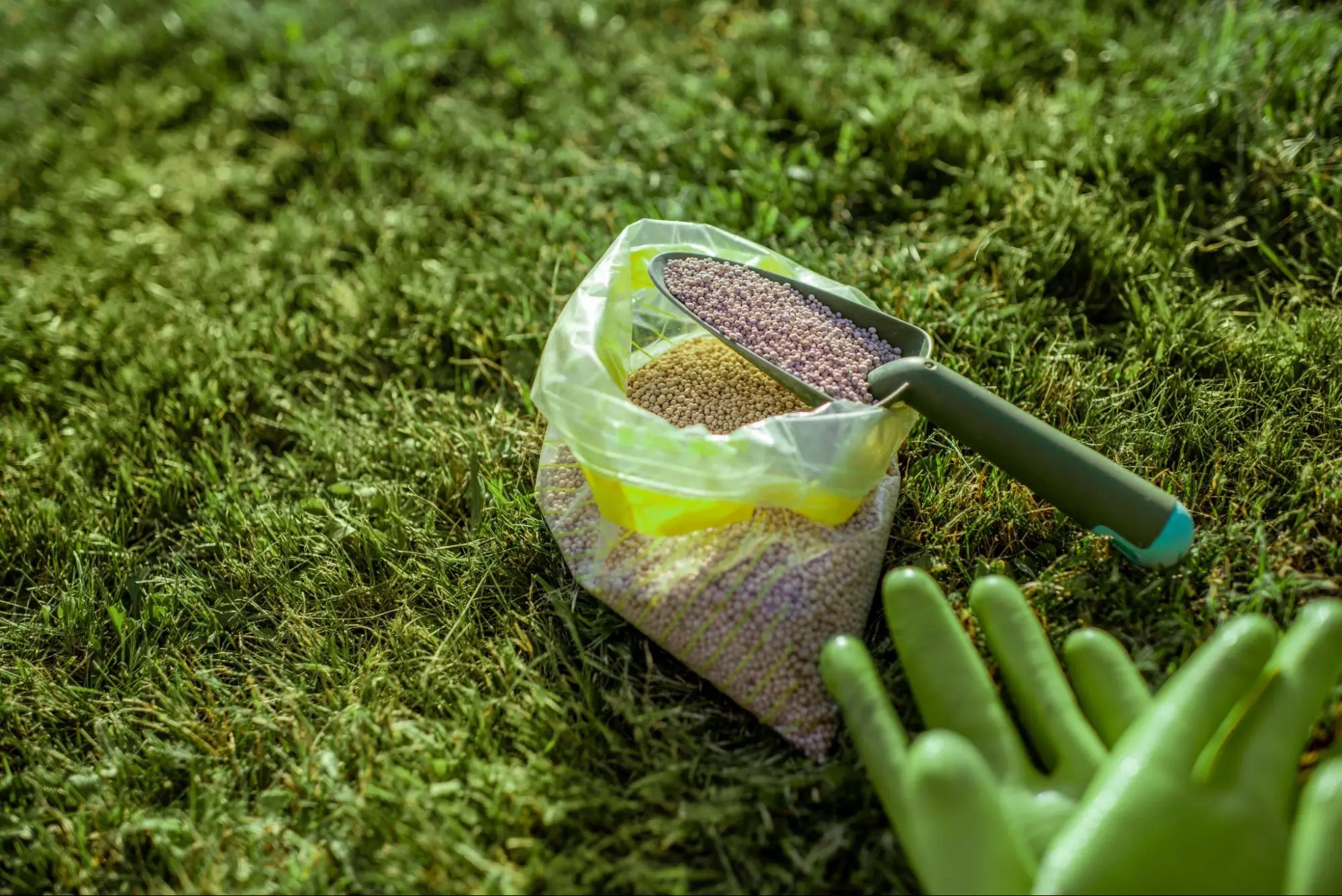
Restoring a damaged lawn can seem daunting, but it is entirely achievable with the right techniques. Understanding the best methods to revive your grass can turn your yard from a dry patch into a lush green space. By applying practical strategies, you can enhance the health of your lawn and extend its lifespan.
Whether your lawn has suffered from drought, pests, or heavy foot traffic, knowing how to address these issues is key. A well-maintained lawn not only improves the appearance of your home but also contributes to a healthier environment. You can transform your outdoor space into a thriving area for relaxation and enjoyment.
Aeration helps relieve compaction in your lawn. Compacted soil can restrict air, water, and nutrients from reaching the roots.
Start by marking any underground utilities or sprinkler systems to aerate your lawn. This ensures you don’t damage them during the process.
The best time to aerate is when the soil is moist but not too wet. Watering your lawn a day before can help soften the soil for better results.
You can rent an aerator from a local tool store or hardware store. It works like a lawnmower, and you should make even passes while slightly overlapping each pass.
After aerating, leave the soil plugs on the surface. They’ll break down and give nutrients back to the soil. Regular aeration improves your lawn’s health and appearance by reducing thatch buildup.
Look for areas with high foot traffic or thin grass. These spots often need the most aeration. Effective aeration promotes a stronger, healthier lawn that can better withstand stress.

Topdressing is an effective way to restore your damaged lawn. This technique involves spreading a thin layer of material, such as compost, loam, or sand, over the grass. You typically want this layer to be about ¼ inch deep.
Start by assessing your lawn’s needs. If the soil is compacted or poor, applying topdressing can improve its quality. It helps to enhance soil structure and promotes better moisture retention, creating a healthier environment for your grass.
When applying topdressing, use a shovel or a spreader. Work in small sections, covering just a few square feet at a time. Avoid piling too much material in one spot, as this can smother the grass.
After spreading the topdressing, you might consider lightly watering the area. This helps the new material settle into the soil. You can also overseed your lawn after topdressing to encourage new growth.
Overall, topdressing can help your lawn recover its density and vitality, making it lush and green again. Simple but effective, this technique can significantly enhance the health of your grass.
Using grass seed is an effective way to restore your damaged lawn. Start by preparing the area. Remove any debris, rocks, or old grass to have a clean surface.
Next, choose the right grass seed for your region and the type of lawn you want. Consider factors like climate and sunlight. For the best results, follow the recommended seeding rate on the seed package.
Sprinkle the grass seed evenly over the prepared soil. Aim for a thickness of about 1/8 inch. Using your hand or a broadcast spreader can help ensure an even distribution.
After seeding, lightly rake the surface to cover the seeds with soil. This helps protect them from birds and promotes good seed-to-soil contact.
Water the area gently but thoroughly. Keeping the soil consistently moist will encourage germination. Be careful not to overwater, as this can wash away the seeds.
As the grass begins to grow, maintain a regular watering schedule. Once the grass reaches about three inches, you can mow it for the first time. Adjust the mower height to remove only a third of the blade length. This helps your new grass establish strong roots.

Watering your lawn correctly is key to its health. Instead of watering lightly every day, focus on watering deeply but less often. This encourages deeper root growth.
When you water deeply, aim to soak the soil to a depth of at least six inches. This allows the grass to access moisture during dry periods. Shallow roots can lead to weak grass that struggles to survive.
Watering infrequently also helps prevent soil compaction and encourages stronger grass. It reduces the chances of disease that can come from overly wet conditions.
To implement this technique, check the soil moisture before watering. If the top two inches of soil are dry, it’s time to water. Aim for about one inch of water each week, adjusting for rainfall.
Using a rain gauge or similar tool can help measure how much water your lawn receives. This approach benefits grass health and conserves water in the long run.
Incorporating deep and infrequent watering into your routine can significantly improve your lawn’s resilience and appearance.
Mowing your lawn at the right height is crucial for its recovery. Cutting the grass too short can stress it, especially during hot weather. Aim to maintain a grass height of 3 to 4 inches.
This height helps the grass develop strong roots and withstand heat. Taller grass also shades the soil, reducing moisture loss, and can protect your lawn from drought conditions.
Avoid mowing wet grass. Wet grass clippings can clump together, leaving uneven patches and potentially damaging the lawn. Wait until the grass is dry to ensure a clean cut.
Regular mowing is essential. You should mow often enough to remove just one-third of the grass height at a time. This keeps your lawn healthy and encourages growth without putting too much stress on the grass.
Keeping your mower blade sharp is equally essential. A sharp blade makes cleaner cuts, which helps the grass heal faster. Dull blades can tear the grass, leaving it vulnerable to disease and pests.
By following these mowing practices, you can effectively support your lawn as it begins to recover from damage.
Weeds can quickly take over a damaged lawn. Controlling them is essential for restoring the health of your grass.
Start by identifying the types of weeds in your lawn. Different weeds require different control methods. For example, annual weeds can often be removed by pulling them out, while perennial weeds may need digging to remove their roots.
To pull weeds, grasp them as close to the ground as possible. Pull with a steady motion to ensure you get the entire root. If the weed is deeply rooted, digging may be more effective. This prevents the weed from growing back.
Consider using mulch in bare areas. This can smother weeds and help your grass thrive.
If your lawn is heavily infested, you might think about using herbicides. Choose a product that targets the specific weeds in your lawn. Always follow the instructions carefully to avoid damaging your grass.
Regular mowing and proper lawn care can also help keep weeds at bay. Mowing encourages grass growth, making it harder for weeds to compete.
By managing weeds effectively, you’ll help your lawn recover and grow strong

Reseeding bare patches is an effective way to restore your lawn. Start by mowing the grass to about 2.5 inches. This helps the new seeds make contact with the soil.
Next, aerate the bare areas. You can use a core aerator for this. Aeration allows water and nutrients to reach the soil better.
After aerating, spread a lawn starter fertilizer. This will give your new seeds the nutrients they need to grow. Following that, spread a thin layer of compost over the patched areas. This adds organic matter and improves soil quality.
Use a seed spreader or your hand to sow grass seed evenly at the recommended rate. Rake lightly to mix the seeds into the soil. Firm the soil down with your foot or a lawn roller to ensure good seed-to-soil contact.
Finally, water the area well. Keep the soil moist but not soaked. Regular watering is key to successful germination.
Using a balanced fertilizer is key to restoring your lawn’s health. A balanced fertilizer contains equal or nearly equal parts of nitrogen, phosphorus, and potassium (N-P-K). These nutrients help the grass grow stronger and greener.
Before applying, test your soil to determine its nutrient levels. This is important because it lets you choose the right fertilizer for your lawn’s needs. You can find soil testing kits at garden centers or through local agricultural extensions.
Spread the fertilizer evenly across your lawn using a broadcast spreader. Be careful not to apply too much, as this can lead to fertilizer burn, which damages the grass. Always follow the recommended rates on the fertilizer package.
After applying the fertilizer, water your lawn thoroughly. This helps the fertilizer penetrate the soil and reach the roots. Keep an eye on your lawn over the next few weeks. You should see new growth and a more vibrant color as your grass absorbs the nutrients.
For best results, consider applying a slow-release fertilizer. This fertilizer feeds your grass gradually, providing a steady supply of nutrients over time. This promotes healthy growth without overloading your lawn.
The best time to seed your lawn is typically in the spring or early fall. In the spring, temperatures are warming, which encourages growth. Cooler temperatures and consistent moisture help new seeds establish before winter in fall.
To remove weeds safely, consider hand-pulling or using a weeding tool. If needed, a selective herbicide can target specific weeds while leaving your grass unharmed. Always read the label to ensure it’s safe for your type of grass.
Quality grass seed is essential for repairing bare patches. Consider using a patching mix that includes seed, mulch, and fertilizer. This combination promotes quicker growth and helps retain moisture.
To revitalize an unhealthy lawn, start by aerating to relieve soil compaction. Then, apply topdressing to improve soil quality. Water deeply and consistently, and maintain the correct mowing height to support healthy grass growth.